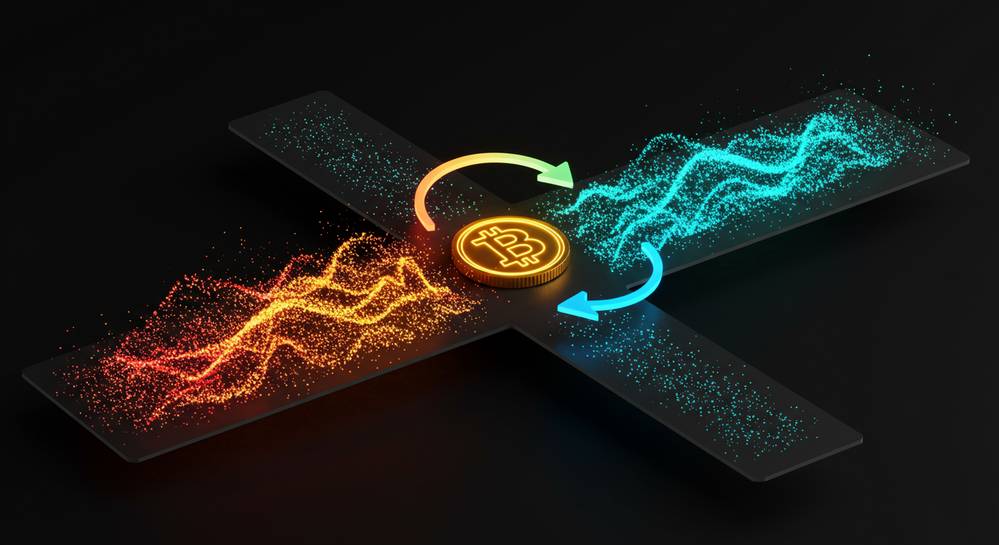Bitcoin transaction fees can often seem unpredictable, soaring one day and dropping the next. Understanding the underlying mechanics is crucial for every user. This guide breaks down exactly what affects bitcoin transaction fees today, exploring the core factors from network demand to the size of your transaction. We will provide the clarity you need to navigate the Bitcoin network more effectively and manage your costs.
Contents
The fundamental role of block space and network demand
At its core, the Bitcoin network functions like a decentralized public ledger, with transactions being added in groups called blocks. These blocks have a limited size, creating a competitive marketplace for what is known as block space. This scarcity is a primary factor in what affects bitcoin transaction fees today. When many people want to make transactions at the same time, the network becomes congested, much like a highway during rush hour.
To get ahead, users must offer a higher fee to miners, who validate transactions and add them to the blockchain. This fee acts as an incentive. When network demand is high, the memory pool (mempool), a waiting area for unconfirmed transactions, fills up. Users then compete by offering higher fees to ensure their transaction is prioritized and included in the next block. This dynamic explains why fees can fluctuate dramatically based on network activity.
- High Demand: More users transacting leads to a crowded mempool, causing fees to spike for faster confirmation.
- Low Demand: Fewer transactions competing for block space results in lower fees and quicker processing times.
How transaction size and data complexity influence fees

A common misconception is that Bitcoin fees depend on the monetary value sent. In reality, the fee is based on the transaction’s data size in virtual bytes (vBytes) and the network fee rate in satoshis per virtual byte (sat/vB). A satoshi is Bitcoin’s smallest unit. The more data your transaction contains, the more block space it occupies, directly impacting what affects bitcoin transaction fees today. Larger data sizes require higher fees for confirmation.
The data size is mainly determined by its inputs and outputs. Inputs are references to previous transactions where you received Bitcoin, while outputs are the destinations. A transaction with many small inputs, like consolidating dust payments, is larger than one with a single input. This complexity increases its data footprint, similar to how a undefined requires more data than a standard one.
- Inputs and Outputs: More inputs increase a transaction’s vByte size, leading to a higher base cost.
- Fee Rate (sat/vB): This is the current market price for block space. You multiply your transaction size by this rate to get the total fee.
The impact of market volatility and network events

Bitcoin transaction fees are highly sensitive to external market forces and specific network events. During periods of high volatility, such as bull markets or panic selling, network activity surges. More users rush to move their assets, flooding the mempool with transactions. This intense competition for limited block space is a major factor in what affects bitcoin transaction fees today, causing them to spike dramatically as users bid higher for faster confirmation.
A more recent development is the rise of Bitcoin Ordinals and BRC-20 tokens. This innovation allows data to be inscribed directly onto individual satoshis, creating native digital assets. While this opens new use cases, these data-heavy transactions consume significant block space. They compete directly with standard financial transactions, which has created a new source of network congestion and elevated baseline fees. Understanding these undefined is key to grasping this shift.
- Market Volatility: Bull runs and crashes lead to a surge in transactions, increasing competition for block space.
- Network Innovations: Ordinals and BRC-20s introduce data-heavy transactions that raise the baseline fee level.
Strategies for managing and reducing your bitcoin fees

While you cannot control network-wide demand, there are several effective strategies to minimize the transaction fees you pay. Being proactive and understanding your options can lead to significant savings over time, especially if you transact frequently. These methods help you navigate the key factors that affect bitcoin transaction fees today without paying more than necessary.
- Use SegWit wallets. Transactions from SegWit-native addresses, such as bech32, are more data-efficient. This smaller virtual byte size results in lower fees for the same transaction value.
- Time your transactions. Network congestion often peaks during US and European business hours. If your payment is not urgent, waiting for off-peak times like weekends can lower costs.
- Utilize the Lightning Network. This layer-2 solution is ideal for small, frequent payments. It processes transactions off-chain for near-instant speed and minimal fees.
- Set custom fees. Many wallets let you manually set a lower sat/vB rate. Your confirmation will take longer but will process when network demand drops.
Bitcoin transaction fees are not random; they are a direct reflection of network demand, data size, and market dynamics. By understanding these core principles and utilizing tools like SegWit or the Lightning Network, you can make more informed decisions and manage your costs effectively. For more expert insights into the world of technology and web3, explore Virtual Tech Vision.









